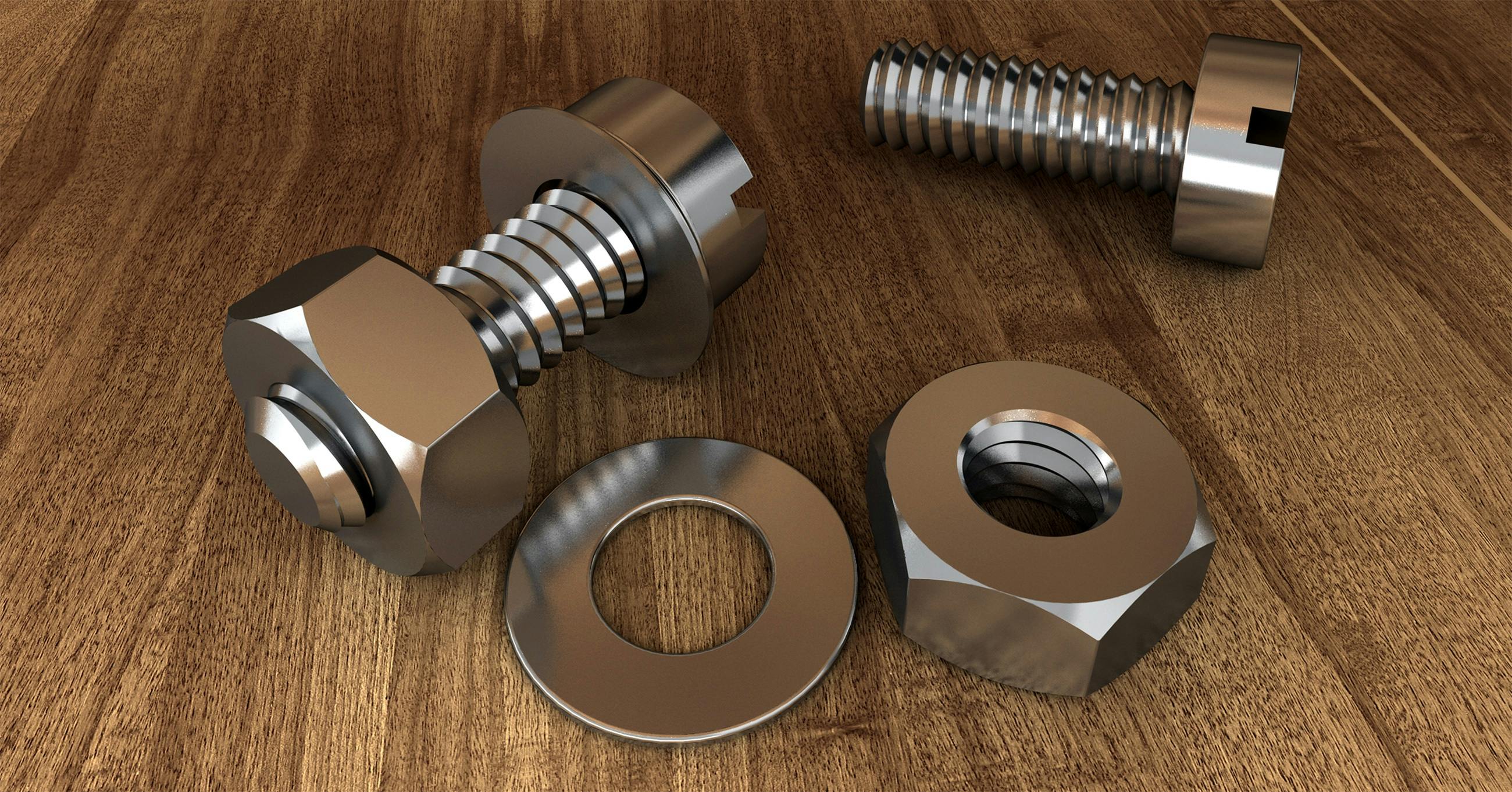Ozone generators are the core of ozone therapy and there are many types of machines to choose from with many different names and terminology. This article is intended to summarize some of those terms and clear up the confusion.
A brief history of ozone generators
The first ozone generators are believed to have been created by Werner von Siemens in 1857. In 1870, Dr. C. Lender used ozone to purify blood in test tubes. Dr. John Kellogg began using ozone steam saunas in Michigan in 1880 and the first water treatment facility using ozone was built in Holland in 1893.
Famous inventor Nikola Tesla patented his ozone generator in 1896 and began selling machines and ozonated olive oil to doctors in the early 1900s. At the same time, Dr. SR Beckwith was using his thermal ozone generator to treat illnesses. 1957 saw the patent for the ozone generator from Dr. J. Hansler which helped create a basis for ozone in Germany. More than 8000 German doctors use it today.
Ozone therapy is experiencing a dedicated resurgence in popularity today that has led to the creation of a number of generators that vary widely in terms of noise, ozone creation, ozone destruction through heat, and more.
Ozone creation methods
Ozone can be produced in a number of ways, but many ozone generators primarily use one of these methods: electrochemical, ultraviolet radiation, cold plasma, and corona discharge. Others use cold ozone production, an advanced corona discharge method, which has a number of advantages. Here is a quick summary of each method.
Electrochemical: Normally, an electric current is applied in an electrolytic solution of water and highly electronegative anions. A mixture of oxygen and ozone is created at the anode. Not many of these are found in ozone therapy circles.
Ultraviolet radiation: Ozone is created naturally in the air when oxygen meets ultraviolet rays. The same applies to machines that use this method, since oxygen is bombarded with ultraviolet rays.
Cold plasma: You don’t see many cold plasma ozone generators on the market for ozone therapy because they produce very little ozone compared to a corona discharge ozone generator and the strength of the ozone cannot be adjusted. Adjustable ozone strength is crucial when performing ozone therapy.
Corona discharge: Corona discharge is the most widely used ozone production method for therapeutic purposes. With corona ozone generators you can adjust the frequency of the ozone. This means that if you are looking for the desired ozone strength at a precise flow rate, you will probably get what you are looking for.
Cold corona discharge: Corona discharge ozone generators have come a long way. They have become more efficient and, when properly designed, produce virtually no heat. Also known as cold ozone production or cold spark technology, cold corona discharge is what most modern generators use.
In addition to the ozone creation method, these machines have other differences that you will need to consider.
Glass vs. ceramic ozone cells
Glass and ceramic are two of the most popular materials for good ozone cells. Glass cells have the disadvantage that they are very temperamental and are subject to burn out over time. For that reason alone, many companies are switching to ceramic cells. Ceramic is as resistant to ozone as glass and does not generate pollutants. Washable cells are a great advantage because if a cell accidentally gets dirty, wet or oily, the washable cells do not need to be replaced, which can save a lot of money.
How many cells do you need?
There really is no controversy when it comes to the amount of ozone cells. If you’ve heard that a second cell will destroy ozone, you’ve heard a myth. All large commercial and industrial ozone generators use multiple cells because a single cell unit would get too hot and can be very noisy. There are many advantages to having a multiple cell unit and no advantages to having a single cell unit.
Deal with the voltage
The great thing about ozone is that you don’t have to have extremely high voltages to create it. A properly built machine can produce ultra-pure ozone with just 12 volts. Units that operate on 120 volts require special certification for shipment abroad. Lower voltages are just as effective and safer for the user.
If you are abroad or planning to travel abroad with an ozone generator, you will be much happier if the unit has universal voltage. This would allow you to use it anywhere as long as you have the correct country plug, without the need to purchase a separate step-down transformer.
Noise and heat in ozone generation
Noise and heat are the main causes of complaints with some ozone generators. A high voltage single cell unit has the potential to generate a lot of heat and annoying sounds. Heat destroys ozone and units that generate a lot of heat must have noisy cooling fans or some other refrigerant to keep the ozone stable (with varying degrees of success). A low voltage, efficient ozone cell unit will create the ozone you want without the noise or excess temperatures. They are especially ideal when performing insufflations. Be wary of companies that claim that their machines do not generate heat, but instead install cooling fans inside. If there is no heat, a fan is not necessary.
Gamma ranges and how much is too much
Some companies will tout high gamma levels as one of the main reasons to buy their machine. Research from Russia has shown that gamma concentrations in the 90s and above are detrimental to human health. The ideal range for typical ozone therapy, therefore, would be the mid-90s and lower.
Why it matters where and how a machine is built
There is a growing desire for ozone generators that are made in the United States. There are good reasons for that. Some machines made in China lack quality control and may not do what they are supposed to do. Companies that manufacture their machines in their own country are more likely to have partial or full control over the process.
You’ll also want to make sure you’re buying from a company that offers a good warranty and support. You don’t want one that sells a machine and then doesn’t offer even basic support. A toll-free number is also helpful for your bottom line, and several companies have one.
You may also want to consider how much input a company actually has in building its machines. It’s easy to buy units from a company that makes ozone equipment and resell them as your own, but if someone personally designs a unit and oversees the manufacturing, that person is more likely to be able to help you with the use of the unit and any potential. problem solving.
The key factors for choosing an ozone generator
For the most options, the best ozone creation, and the best support, look for the following:
- Cold ozone production
- More than one ceramic ozone cell
- Universal voltage
- Low voltages used in the actual creation of ozone.
- No excess heat production or the need for cooling fans
- Made in the USA
- A good warranty and support options.


